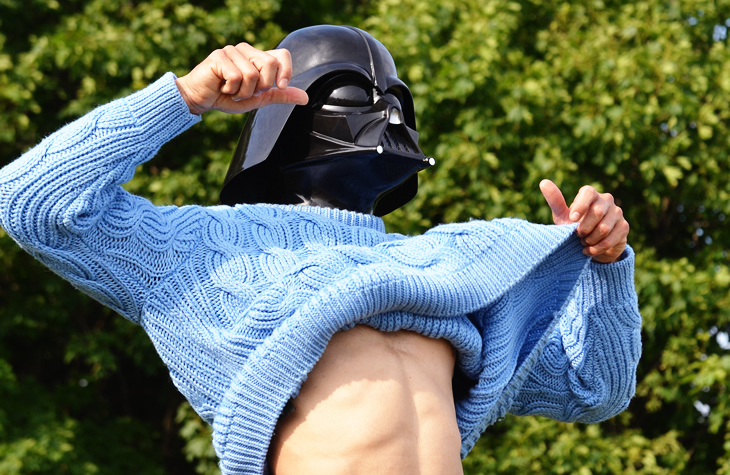
Of all the classic perfume genres orientals are probably the most flexible. Most chypres have that instantly recognizable bitter tang. Fougères smell more or less like something your dad would wear. Florals pile on the requisite flowers and woods the requisite woods. But orientals are a dizzyingly diverse crowd, from spicy/sweet earthbound ambers (e.g Ambre Sultan) to boisterous oddballs like Thierry Mugler’s Angel. Many of them are painfully boring: you smell one, you’ve smelled them all. Orientals are the dance music of the perfume world. Among the bubble-headed dreck and perfunctory crowd pleasers you’ll find a growing list of innovative fragrances using the basic oriental blueprint to achieve wonderfully strange results.
Cartier’s L’Heure Perdue by Matilde Laurent may open with sweet, powdery loveliness, but things get weird quickly. The main accord smells like some combination of balloon rubber and gluey, pulpy paper. In other words, like no natural material I know. And yet the fidelity suggests a top-quality natural material. You’ll also find an overripe fruit smell (à la Amouage’s Lyric Woman) adding a spooky dimension to an already odd fragrance. But while Laurent’s brilliant composition strikes out for brave new territory, it is always comforting. The plush sweetness helps the strangeness go down easily and provides a sturdy backbone on which to hang the more peculiar flourishes.
You can’t talk about orientals without mentioning Serge Lutens. There’s the landmark Ambre Sultan, my favorite straight-up “amber.” And Borneo 1834 which does magical, evocative things with patchouli. The real heart of the collection, however, lies in the mystical and semi-mystical compositions, including La Myrhhe and El Attarine, which practically vibrate with mystery and suggestion. (More on El Attarine in a future post.) The melodies may be simple, but they cast a big shadow.
And then there’s Amouage, purveyors of some of the biggest, loudest and most complex perfumes I know. The majority of the collection falls firmly in oriental territory, but the best examples are so big and ambitious that they transcend the genre entirely. Take the inimitable Ubar. Calling it a floral oriental (which is not inaccurate) is like calling Kanye West a rapper. Like Mr. West, Ubar is decadent, complicated, and loud. But precious few perfumes holding forth at this volume have something so enchanting to say. It’s the smell equivalent of a shimmering golden sandcrawler, blasting Mahler from top-range speakers. It’s also packing a glorious dose of ambergris: salty, musty, and deliciously skanky. If you’re looking for grand splendor look no further. The prices are steep, but rest assured, there’s nothing else like Amouage on earth.
